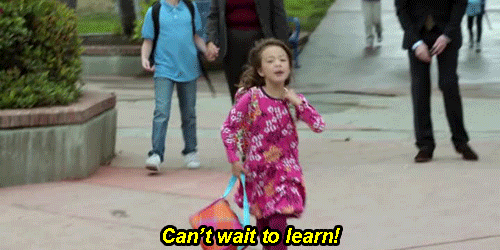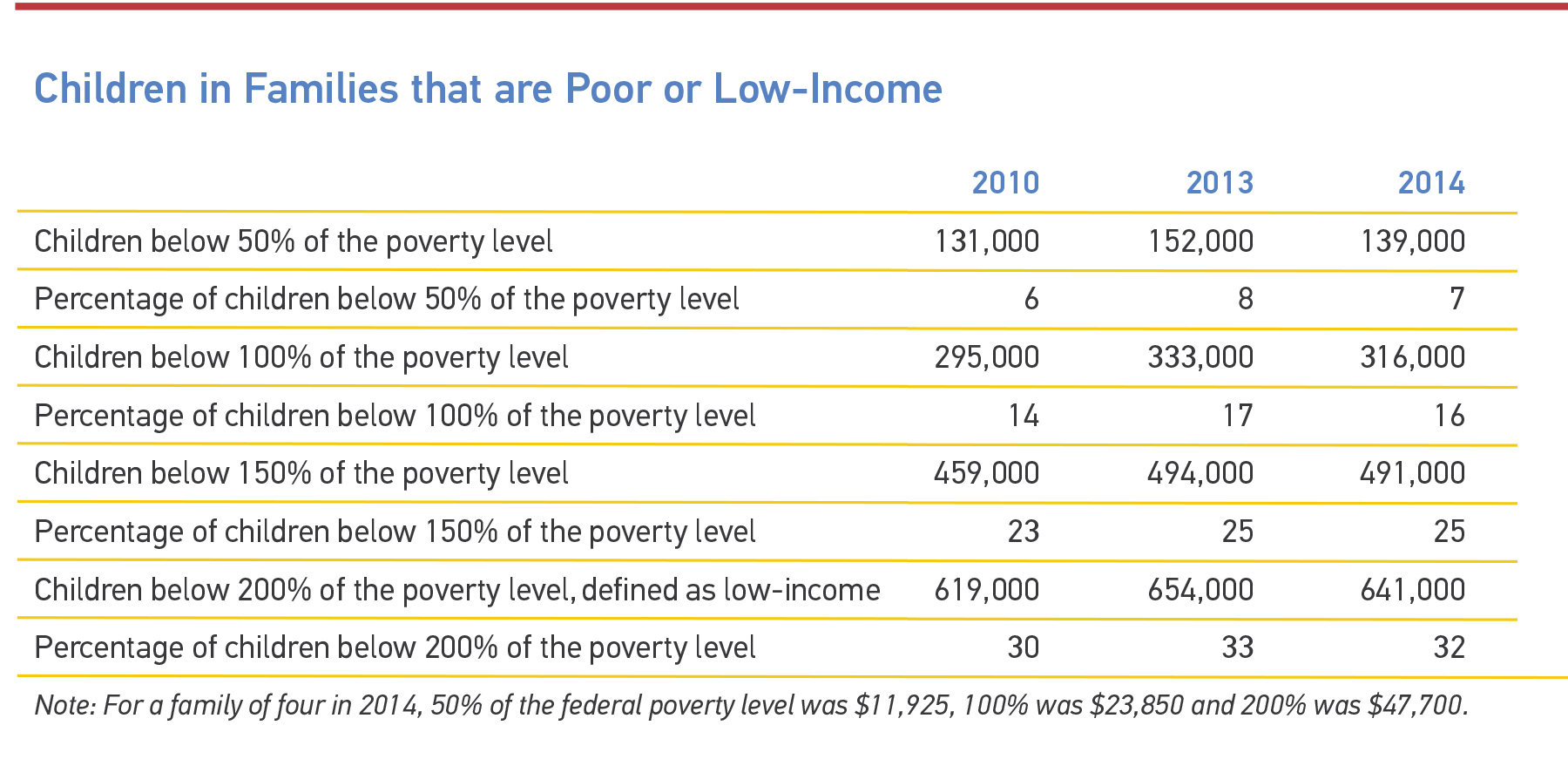Posted on June 15, 2016
Here’s the scoop on how kids in the Garden State faring, brought to you by the 2016 New Jersey Statewide Report and Kids Count County Rankings.
-
New Jersey’s child population has become more diverse.
The racial and ethnic makeup of the state is shifting. From 2010 to 2014, the percent of Hispanic and Asian children increased by 12 and 11 percent, respectively.
 (click graphic to zoom in)
(click graphic to zoom in) -
Fewer children are without health insurance.
In 2014, only 4.6 percent of kids were without health coverage. That’s still roughly 92,000 children.

(click graphic to view data chart) -
More babies are being immunized by age 2.
-
More students are enrolled in full-day preschool and kindergarten.
In the Garden State, full-day kindergarten enrollment grew by about 10,000 students from 2010-11 to 2014-15. In 2014, 40 percent of US 3-to 5-year-olds did not attend nursery school, preschool, or kindergarten, compared to only 26 percent of New Jersey’s 3- to 5-year-olds.

-
More kids are starting the day with school breakfast.
During the 2015-16 school year, New Jersey continued to post progress in school breakfast participation, with 44 percent of low-income children starting the day with a morning meal at school, up from 41 percent the year prior, and 31 percent in 2011-12.

(click graphic to view data chart)
-
The average income for families with children is on the rise.
(click graphic to zoom in)
-
After five years, child poverty is on the decline.

But the 2014 child poverty rate is still higher than in 2010.
(click graphic to zoom in)
-
One out of three NJ children are-low income.
And 81 percent of low-income families spend more than 30 percent of their income on housing. In 2014, low-income is defined as having an income of $47,700 for a family of four (200 percent of the federal poverty level).

(click graphic to view data chart) -
Fewer child care options are available for families with young children.
Since 2011, the number of licensed child care centers decreased by 6 percent, while registered family child care providers experienced a steep decline of 17 percent. As of 2015, just over 2,000 providers are registered with the state to care for children in their owns homes, compared to 2,431 in 2011.

(click graphic to view data chart)
-
PARCC: 50% or more of NJ students are not proficient on the state reading and math exams (3rd – 11th grade).
At the same time, a sizable number of high school students did not sit for the 2014-15 PARCC assessments. The percent of elementary students who did not participate remained below 10 percent.


(click graphics to zoom in) -
Fewer high school students are becoming teen moms.
-
Juvenile arrests are down.
The juvenile arrests rate for New Jersey decreased by 50 percent from 48,923 in 2009 to 24,796 in 2012. However, both black and Hispanic youth continue to be over-represented among the juvenile detention population.

(click graphic to zoom in) -
High school graduation rates are up.
High school graduation rates are up from 88 percent in 2012-1 to 90 percent in 2014-15. While both black and Hispanic students showed marked progress, their rates of 82 and 83 percent are still below statewide average.

(click graphic to view data chart)
For more stats and data about the state of children in New Jersey, visit our 2016 New Jersey Statewide Report and Kids Count County Rankings page.
The 2016 New Jersey Statewide Report and Kids Count County Rankings, produced by Advocates for Child of New Jersey measure progress in improving the lives of children in 13 critical areas, including child poverty, health, safety and education.
Kids Count is a national and state‐by‐state statistical effort to track the state of children in the United States, sponsored by the Annie E. Casey Foundation. Advocates for Children of New Jersey (ACNJ) is a statewide child research and action organization and the New Jersey Kids Count grantee.





